The building in this month’s photo, standing starkly before the bare hills of Waratah, is not an elegant home or stylish church. It is a garbage incinerator designed by Walter Burley Griffin, more famously known as the architect of Canberra. After finishing his work on Canberra, Griffin set up an architectural practice with Eric Milton Nichols. In 1929, they began a long running collaboration with the Reverberatory Incinerator and Engineering Company to design stylish buildings to house incinerators, the new fashion in garbage disposal.
Previously, getting rid of rubbish had been a very ad hoc affair. In Newcastle suburbs people would bury or burn it in their backyard, throw it in colliery pitfalls, or dump it in swampy low-lying areas to reclaim land for parks. These dumps were extremely dissatisfactory, being breeding grounds for flies, mosquitos and rats. With a lack of regional consensus on what should be done, in 1930 Waratah Council commissioned an incinerator to be built at the upper end of High St. At the official opening on 1 Aug 1931 the manufacturer boldly enthused that “Everything was totally destroyed without odour and without fumes of any description.”
But the promise of making garbage magically disappear without a puff of smoke proved to be wildly optimistic. Complaints began almost immediately, and escalated as the plant got older and more rubbish was burned. Towards the end of its few years of operations the Waratah incinerator was described as “belching forth clouds of greasy smoke, the stench of which is practically unbearable.” The incinerator ceased regular operation in June 1940, and was then only occasionally fired up as a backup to other city facilities. Around 1943 it closed permanently and became a target of vandals. In 1950 Newcastle Council ordered the building to be demolished and the rubble to be used for extending the sea wall at North Stockton.
Waratah’s incinerator is gone, but a handful of Burley Griffin’s incinerator buildings remain standing in the eastern states, now serving as theatres, cafes, and art galleries.
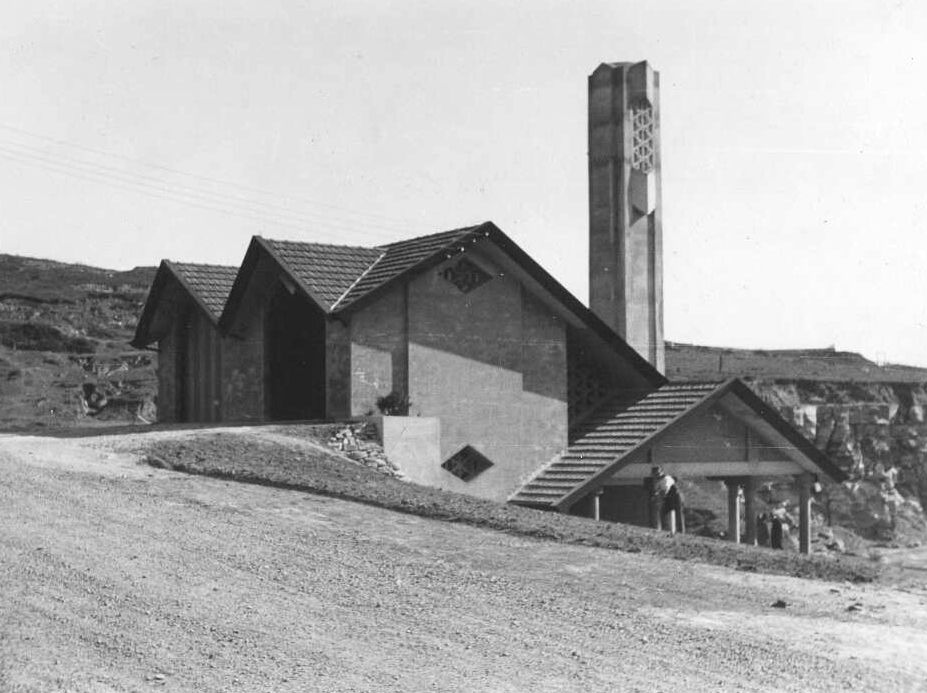
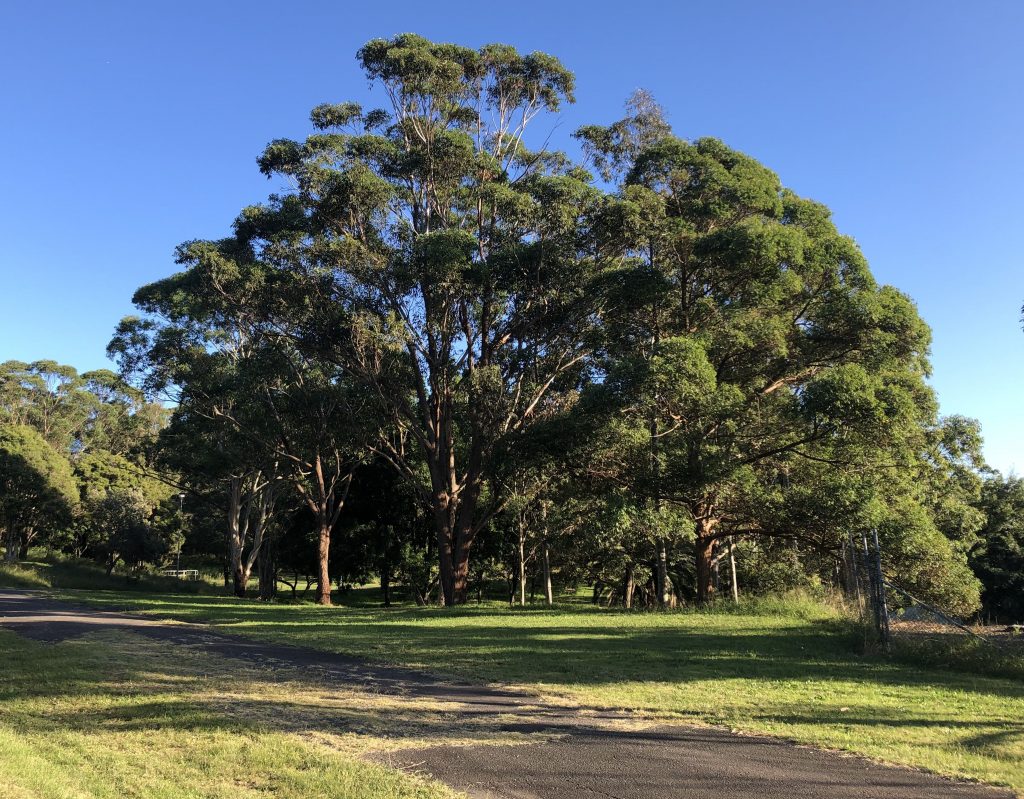
The article above was first published in the June 2020 edition of The Local.
Additional Information
Official Opening
The Official Opening of the Waratah incinerator took place on 1 August 1931, and reported in the paper on 3 August 1931. The glowing praises of the incinerator by various people look rather naive in retrospect, knowing that the plant only operated for a dozen years.
A dream of Waratah aldermen of the destruction of garbage by fire has been brought to fruition by the formal opening on Saturday of the reverberatory furnace garbage incinerator. Set on a high hill, overlooking the suburb, the building is of artistic design, and with the plant cost approximately £5000. It can dispose of a cubic yard of garbage at a cost of 1/1.09d, reducing wet slimy mush to a clean clinker in a few moments.
Ald W H Tripet, Mayor of Waratah described former garbage disposal practices …
They could not deny the fact that in the past the garbage had served a very useful purpose in the filling of swamp and low-lying lands, which in their original state, were next to, if not quite, useless and which to-day comprised very fine park lands and playing areas.
Mr. N. Leonard Kanevsky, Managing Director of the Reverberatory Incinerator and Engineering Company Proprietary, Ltd, described the operation of the furnace …
Unseen by those present the superheated refuse was presently consumed in the heat of an intense fire, and in a short time, the evil smelling stuff which had dropped into the shute was drawn away in a heap of clean clinker. Everything was totally destroyed without odor and without fumes of any description.
Mr. W. B. Griffin, the Architect, declared …
that the time would come when beauty and utility in service would be combined.
Mr. A. G. Goninan …
… congratulated Ald. Griffiths as the man who prepared the way for the incinerator, and the Mayor and aldermen of Waratah on its materialisation. When Mr. Kanevsky first approached him regarding the work on the incinerator, he made investigations, and found that the machine was a good one. The whole of the metal was produced in the district, and provided work for local men. He could see nothing wrong with the incinerator – nothing, as a fact, could go wrong with it.

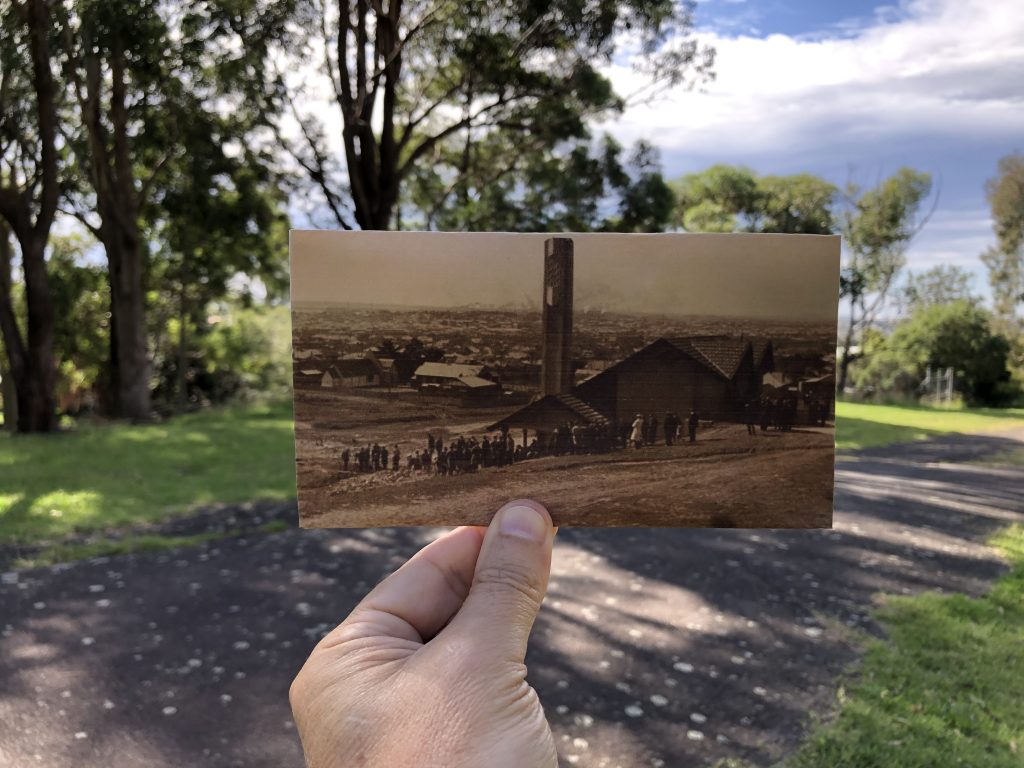
Other photos

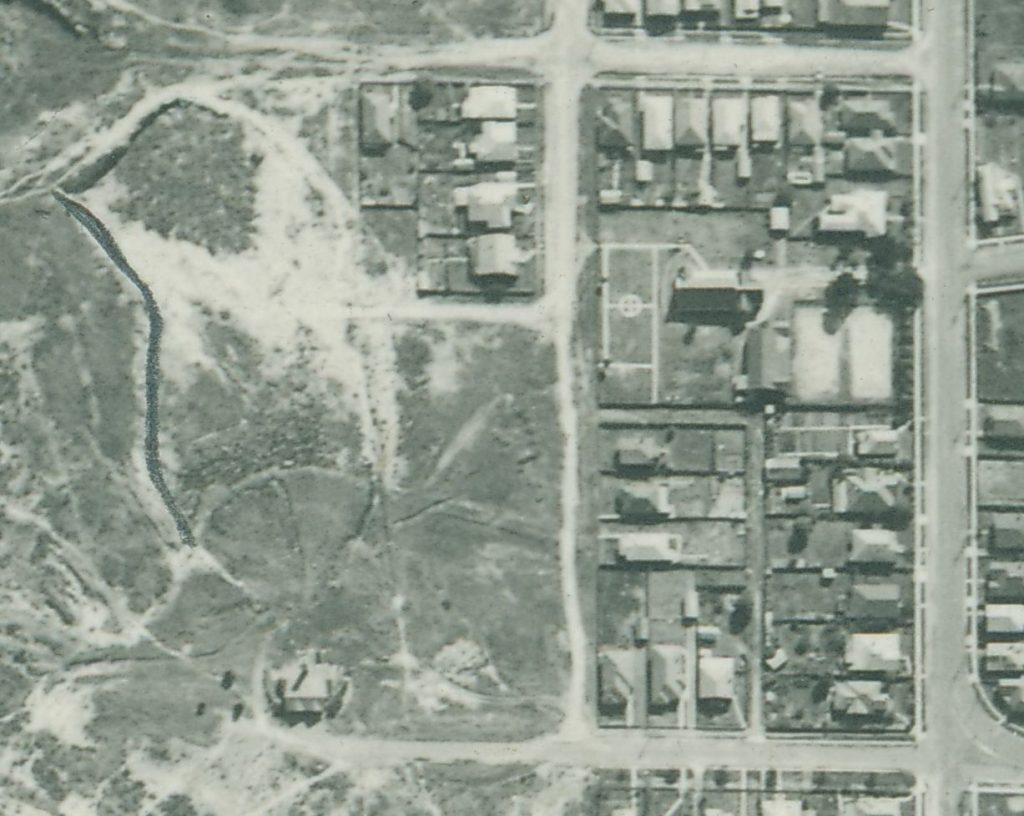
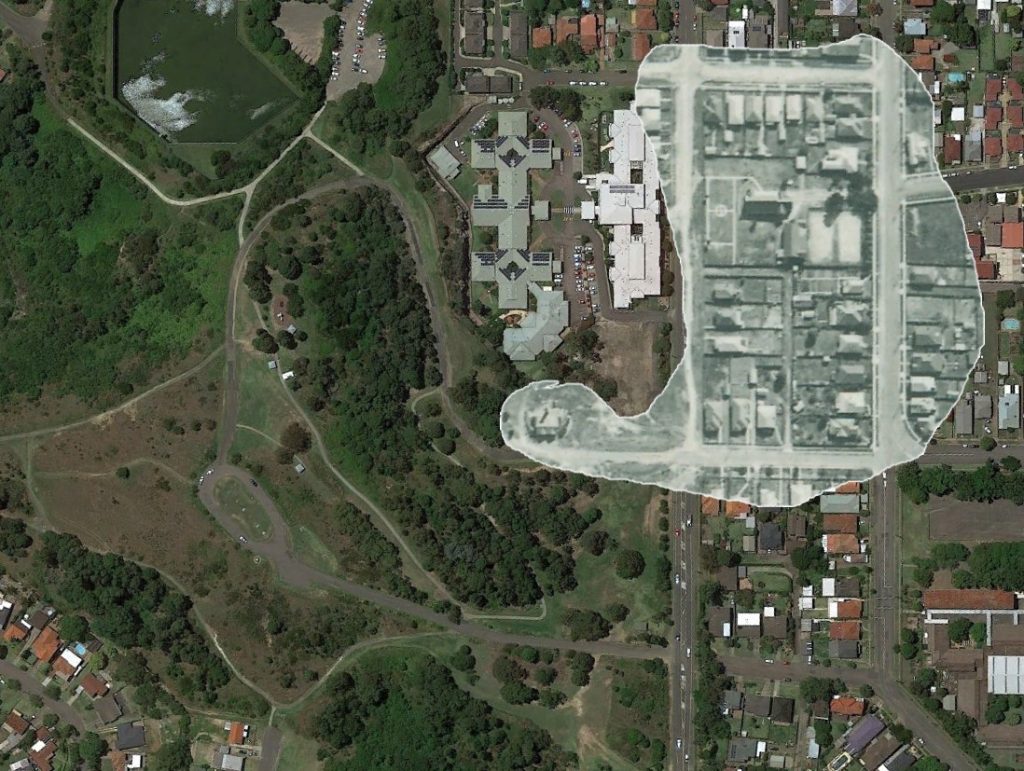
parry St incinerator, Newcastle
After Waratah Council opened their incinerator in 1931, Newcastle Council decided to also build an incinerator also. Their incinerator was much larger, designed to initially handle 40 cubic yards of garbage in an 8 hour shift, but with space to install a second unit to double the processing capacity. Built at a cost of £20,000 at the corner of Parry St and Ravenshaw St opposite the sports grounds, the incinerator was opened in August 1938.
The Newcastle incinerator building wasn’t designed by Walter Burley Griffin, but by F. A. Scorer, Chief Architect, Greater Newcastle City Council. In spite of its industrial purpose, the building was awarded the John Sulman architectural medal for 1938. (Greg and Silvia Ray’s Photo Time Tunnel website has a photograph of the building in 1938.)
Newcastle’s experiment with garbage incineration lasted less than Waratah’s efforts. After just 9 years of service, by 1947 the furnaces of the Parry St incinerator had failed. Estimates were prepared for the repair of the plant, but council decided “the efforts would be a waste of thousands of pounds” and therefore the incinerator “must be scrapped.” In April 1947 council called for tenders for the demolition of the plant but nothing progressed, and the building sat vacant for a number of years. In 1950 the council leased the building to “Mr. W. A. Miller, proprietor of a motor-body building and repairing business, who had been looking for new premises since fire gutted part of his earlier establishment.”
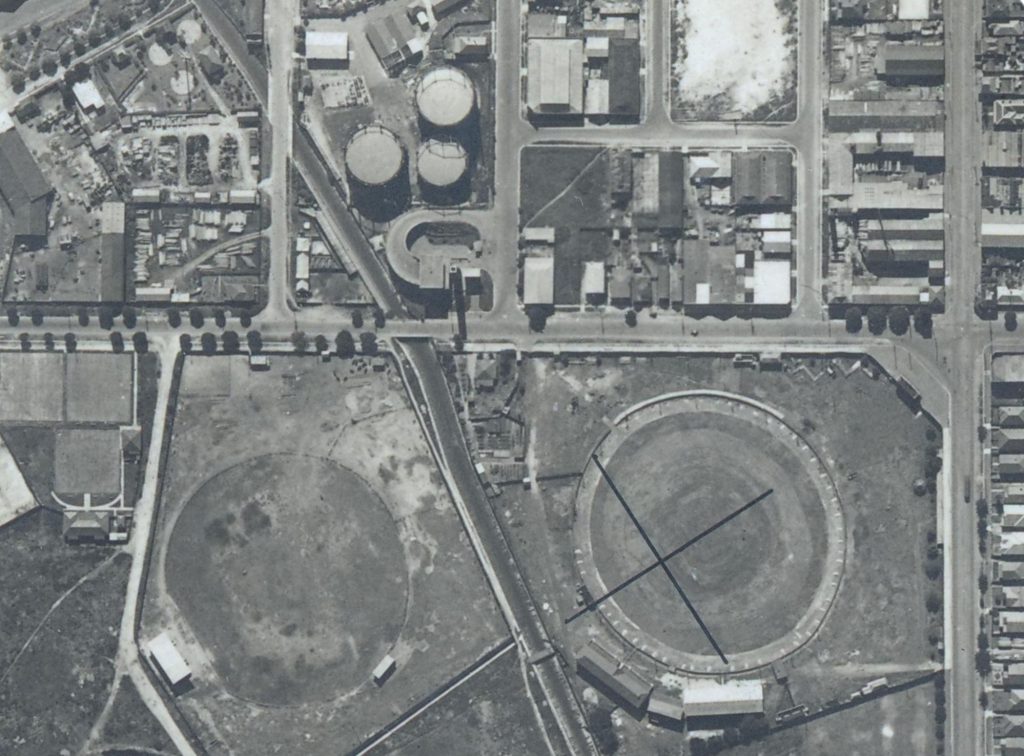
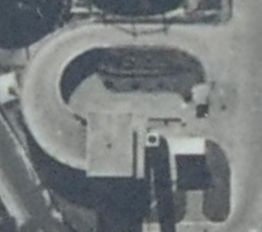
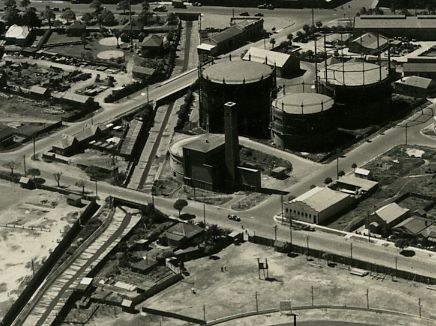
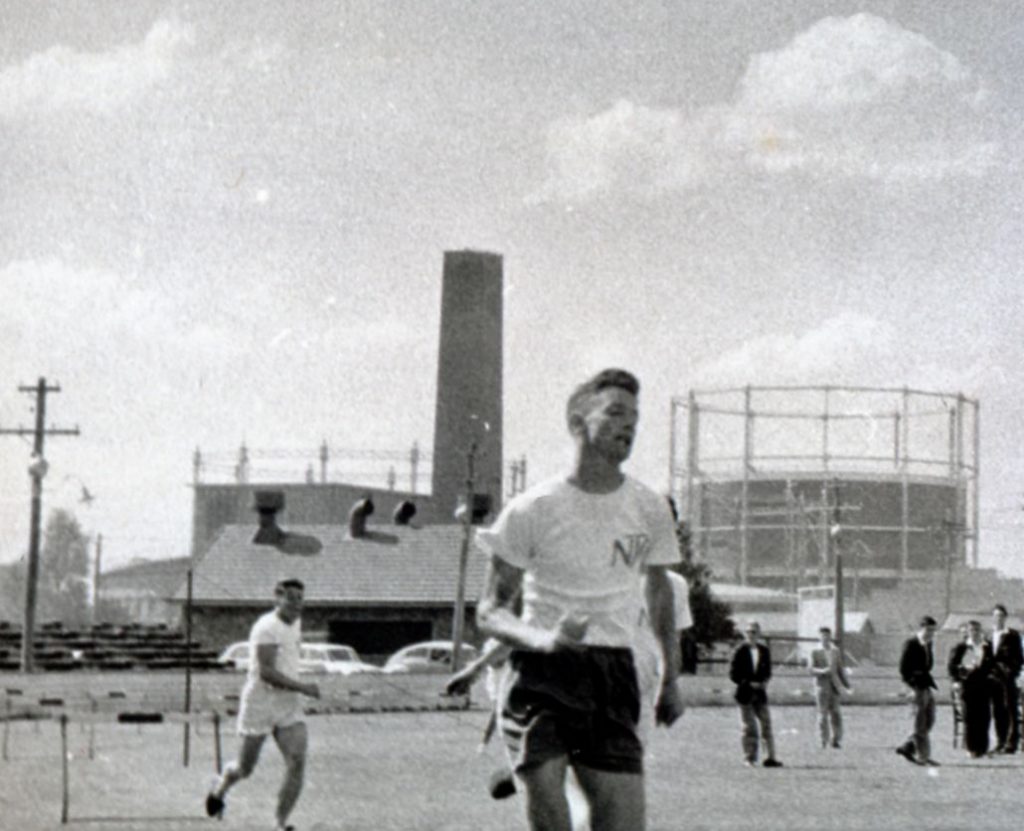
I have not yet identified when the Parry St incinerator building was demolished, but an aerial photograph shows that it was still standing in 1975.
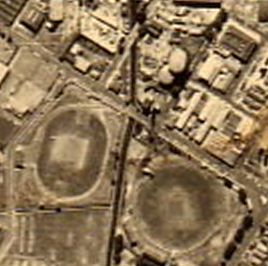
Newspaper articles
| Article Date Event Date | Notes |
|---|---|
| 15 Nov 1922 | "Pitfalls at the back of residences in Howe-street, Lambton, are used as a repository for rubbish. One resident who objects to the disgusting smell of rotting vegetable matter lying in these holes, describes it an "a perfect breeding place for files and mosquitoes." |
| 28 May 1925 | "There are more than 1000 houses in Lambton, and yet the municipality is without a garbage system. The council will not introduce one, and residents appear quite content to carry on under primitive methods. An inquiry as to how the people get on was met with the reply that the fowls eat it.Lambton people or a good many of them, bury it, either in their yards or on some handy vacant ground, others burn it. Some people, hotelkeepers and storekeepers, send it away to one of the many pitfalls, which abound in Lambton. Many Lambton residents declare that the council should institute a garbage system." |
| 19 Apr 1930 | "The City Council's health Inspector (Mr. O'Keefe)... considers it an absolute necessity for the public health. Incineration seemed to be the only hygienic way to dispose of garbage without creating undue nuisance, and menacing the public health.” |
| 29 Apr 1930 | "I have no doubt that some form of garbage incineration will be adopted in the district sooner or later," said the Government Medical Officer (Dr. Wallace) to-day. "The sooner the better, for it is the only way to get rid of flies and rats." |
| 5 Nov 1930 4 Nov 1930 | "Disgusted with the apathy of other councils in the Newcastle district towards the establishment of garbage destructors, Waratah Council definitely decided last night lo erect its own plant at a cost of £5000." |
| 13 May 1931 | "Waratah Council will be the first in the Newcastle district to be provided with a modern incinerator. Building operations are progressing rapidly. The steel work, which has been manufactured by Messrs. A. Goninan and Company, of Broadmeadow, has already been assembled on the site, and the fire brickwork is being laid by expert hands." |
| 4 Jul 1931 | "Work on the furnace construction of Waratah Council's garbage incinerator is practically completed ... the flue stack has been taken up to its full height of 50 feet. It is anticipated that the plant will be ready to incinerate the municipal ity's garbage by the end of the month." |
| 1 Aug 1931 | "One furnace unit is provided, with room in the building, however, for a duplicate unit." |
| 1 Aug 1931 1 Aug 1931 | Official opening of the Waratah incinerator. [Report in The Newcastle Sun.] |
| 3 Aug 1931 1 Aug 1931 | Official opening of the Waratah incinerator. [Report in Newcastle Morning Herald and Miners' Advocate] |
| 20 Dec 1933 | "Waratah Council last night decided to install a telephone at its incinerator at a cost of £5 2s 6d a year." |
| 2 May 1934 | Residents complain of odours coming from the Waratah incinerator. |
| 8 Oct 1934 | Repairs needed to incinerator … "cracks in the reverberating arch and chips out of crown of furnace, and other matters needing attention." |
| 11 Oct 1937 | "Owing to the increase in population in Waratah Municipality during the past few years, the council's incinerator has been unable to cope with the stream of garbage, and a second unit has to be built." |
| 11 Aug 1938 | "Newcastle's £20,000 incinerator will be put into use next week. " |
| 13 Aug 1938 | "The new city incinerator, built at a cost of approximately £20,000, should be in full operation within a fortnight. The furnace is burning this week for the first time, with a small coke fire, which in being increased gradually each day to dry out the fireclay cementing the special firebricks which line the in ternal walls of the burning unit and the 117-feet chimney stack. Eventually the burning unit will be brought to a temperature of 1700 degrees, at which it operates." |
| 24 Jan 1940 | The Newcastle Incinerator Building, Parry Street, Newcastle. AWARDED THE SIR JOHN SULMAN MEDAL FOR 1938. |
| 5 Jun 1941 | "Now that the Waratah incinerator had been closed temporarily, and all garbage was burnt at Parry-street, essential repairs could be carried out at Waratah incinerator so that it would be ready for full service in the event of the service at Parry-street failing at any time. An amount of £233 was voted for repairs. The City Engineer was instructed to make an estimate of the cost of erecting a new chimney stack." |
| 17 Nov 1941 | "Waratah incinerator has for weeks belched forth clouds of greasy smoke, the stench of which is practically unbearable. On recent days, the incinerator has been unable to cope with the quantity of garbage, and heaps of refuse were piled in front of the plant, exposed to hordes of flies. At the rear, the rat-infested dump is an ideal place for an outbreak of an epidemic." |
| 19 Dec 1941 | "… at the rubbish dump at Waratah incinerator there are rats as large and as fast as hares, and that people in the vicinity could not sleep because of odours when certain winds were blowing … residents thought that garbage of any kind could be burnt at the incinerator, with the result that around it was an increasing dump of oil drums, kerosene tins, discarded tyres and other rubbish, which provided excellent harbourage for rats." |
| 9 Oct 1943 | "lt is time Greater Newcastle Council did something to eliminate obnoxious fumes from the city incinerator. It is constantly giving out volumes of smoke, which at times is unbearable … the Waratah incinerator is not in use, and all the garbage is brought to the city to be burnt. " |
| 19 Oct 1943 | "People living in the Cook's Hill area are complaining about offensive odors and an excessive amount of smoke emanating from Greater Newcastle Council's incinerator. The wisdom of Greater Newcastle Council's closing down the incinerator at Waratah about four years ago and concentrating the disposal of garbage at the one plant in the city was doubted by another resident today." |
| 6 Jan 1944 | "A complaint of an obnoxious smell from the council's incinerator at Waratah was before the Health Committee … the incinerator had been out of commission for the past 12 months, and during that period no refuse of any description had been deposited there." |
| 16 Mar 1944 | "The disused Waratah incinerator was becoming the playground of children and the rendezvous of undesirables. Children are shying stones at the incinerator. Vandals are active." |
| 5 Apr 1944 | "The salvage drive was blamed by Ald. Colman last night for the smoke nuisance at Newcastle incinerator. Asked if he considered it advisable to reopen Waratah incinerator, the Chairman (Ald. Dunkley) said a second incinerator would naturally add to overhead costs. He expressed the view that the council's' policy of burning all its garbage was wrong. The burial of garbage enabled low lying areas to be filled in and parks to be erected at a reasonable cost." |
| 23 Aug 1944 | Waratah and Parry St incinerators subject to vandalism. |
| 6 Apr 1945 | "The Greater Newcastle Council has decided to make an 'experiment" in the disposal of garbage by burial … it has sanctioned a change in procedure, which will involve burning about half the rubbish and burying the remainder … the Waratah incinerator has been closed since 1940, and the destructor at Newcastle has been worked two shifts." |
| 21 May 1946 | "The Greater Newcastle Council Garbage Committee decided last night to recommend to the council that it negotiate for sites for the burial of garbage at Wallsend, Lambton, and Adamstown ... the Waratah incinerator was shut down in June, 1940, on the advice of the then mechanical engineer." |
| 18 Mar 1947 | "FURNACE COLLAPSES: INCINERATOR OUT. WHEN bricks and ironwork in the furnace collapsed, the Parry-street incinerator went out of action yesterday and was abandoned." |
| 2 Apr 1947 | "At last night's council committee meeting a motion by the Mayor favoring calling of tenders for demolition of the chimney stacks at the Newcastle and Waratah incinerators, removal of the incinerator units and sale of the bricks for building purposes was approved in spite of some opposition." |
| 9 Apr 1947 | Tenders invited for for the purchase and removal of the following Incinerator Units: (a) Two chimney stacks. (b) Four "Giant" type upright patented reverberatory furnace units from the Parry Street and Waratah incinerators. |
| 9 Mar 1949 | The Works committee of Newcastle Council "decided to call tenders for the demolition of the incinerator building at Waratah … the building was in a dangerous condition." |
| 3 Feb 1950 | "A new job will be found for the old incinerator building at Waratah … the building would be demolished and the bricks and concrete used for extending the sea wall in the North Stockton erosion area. The incinerator had been standing for about 20 years. It had outlived its usefulness and any timber or fittings of value had already been removed." |
| 4 Feb 1950 | Lengthy article by Ian Healy on the history of the Parry St incinerator, and its re-incarnation as W. A. Miller's motor repair shop. |
| 20 Sep 1950 | "A disused incinerator stack at Waratah was dangerous. Six months ago the council had arranged for a contractor to demolish the stack, but nothing had been done." |

Where is the current site of the incinerator. Braye Park?
I have added an image to the blog post, with part of the 1944 aerial photograph overlaid into Google Earth to show the location of the incinerator relative to Braye Park.
Walter Burley Griffin, the architect of Canberra and later an architect in India, is buried in Lucknow. I will email you two photos of his grave.
“I feel comfortable here and find endless source of interest in the environment of an ancient civilization”. -WBG
Thanks for all this info. I am doing research on the Burley Griffin incinerators, and found some good photos in your article. What I’m still missing are detail drawings of the reverberatory furnace design, and the flue offtake into the preheating/drying chamber.
I attended Marist Bros High School in Hamilton from 1955 thru 1959, and remember seeing the Parry St incinerator on my way to the sporting fields nearby (I think our school teams played Rugby League there). The ugly design never impressed me; compared with the elegance of the Burley Griffin designs all over the country. I can’t remember ever seeing the Waratah incinerator — it was demolished in 1947? , well before I came to Newcastle in 1951 from Sydney.